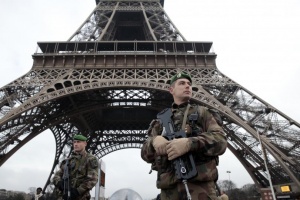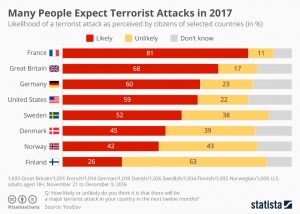Memory is not just the process of retaining events that happened in the past as it has a major function of validating reality. Memories do not have a predefined structure as they are shaped according to the emotions, relations, and the locations of the one recollecting an event. By preserving memories, the narrative of an event is kept alive and it further allows people to share among other fellow memory-bearers, thus creating cultural memory and establishing a new identity of one’s own. When these harbored memories are threatened, the bearers aggressively show their discontent. This is what happened in Sri Lanka last month.
Memories related to the Sri Lankan Civil War were threatened and it gave rise to two incidents. The first one surrounded controversies related to the making of a film about veteran cricketer Muttiah Muralitharan. The supposed lead actor Vijay Sethupathi faced anger and threats from the Tamil community for accepting the role of a person who is accused of dismissing the Sri Lankan government’s brutality during the war and having ties with the oppressor, being a Tamil himself.
The second incident is related to Sri Lankan Prime Minister Mahinda Rajapaksa. He was invited as a special guest to commemorate the 75th anniversary of the United Nations. This raised some eyebrows as he is often accused of being one of the perpetrators of the Civil War.
Both these events had the same functional problem: perceived threats against a collective memory. The protests against the film were made by the Tamil community as they feared that such representations threaten the memory they have of the Civil War. The invitation of Rajapaksa as a chief guest in an UN event was criticized for similar reasons.
In the controversy around the film, it seems like protesters were immersed in these memories that bittered the present for events from the past. However past is never discontinuous from present. When there is an audience to remember, the event no more remains only a component of past, but also of the present. That is why people scrutinize how memories of past events are represented. Representations are ways to remember and they have the potential to change memory or its interpretation.
These incidents also portray the phenomenon of cultural trauma — where groups of people that share the same identity collectively remember atrocities against them — in relation to the Sri Lankan Civil War. This war lasted for 26 years and it has been barely over a decade since it ended. No wonder the country is still recovering from the horrors of those days.
The traumas experienced by the people during that time have become a shared memory and thus giving it the shape of cultural trauma. Trauma is not instilled due to the potential of harming oneself or due to the rupture in the usual routine, but because they are perceived to have abruptly and harmfully affected the collective identity. Now imagine the trauma being invoked when proper reconciliation approaches are not made or the perpetrator of the war (the reason of their trauma) is acknowledged as chief guest for an event at an organization that promotes the idea of peace and security. This is what Human Rights Watch meant by “slap” on the face of the victims.
As long as there is difference in remembering an event, there will be conflict as different groups of memory-bearers will feel threatened by misrepresentation of the memory and further distortion of it. This risk of distortion even threatens their much shared identity in the present.
The first step to reconcile these differences or to avoid conflicts is the recognition and acceptance of different ways of remembering an event. This can be done by acknowledging not only the dominant narrative of a particular event, but also that of the invisible or the “unheard” part. The way an individual remembers an event is important as it paves the way to connection to past events that facilitates the construction of history. A past which is accepted by all will also lead to acceptance of all.
–Nelofer Laskar





